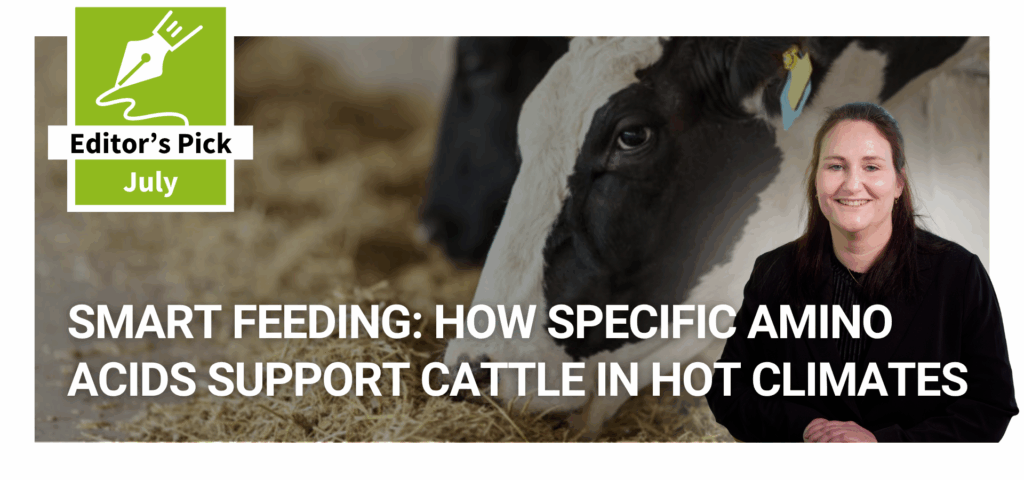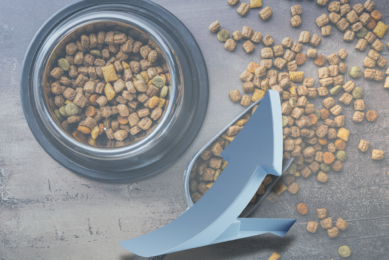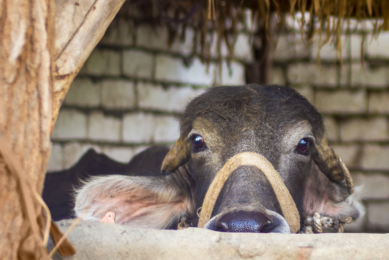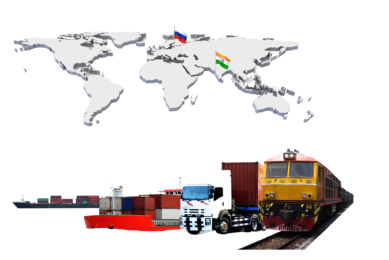Iran feed crisis: Tax issues and blackouts hamper feed mill outputs
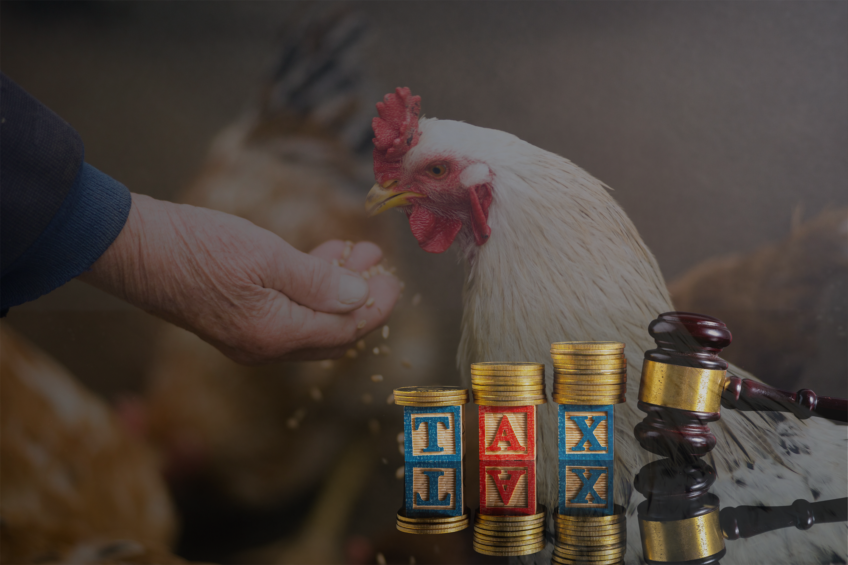
Inconsistent tax policy coupled with persistent blackouts have hampered the output of Iranian feed mills, which have hit critically low levels, according to Mohammad Masoudi, CEO of the Union of Livestock, Poultry, and Aquatic Feed Cooperatives.
In-house feed production by poultry farmers
A considerable part of feed in Iran is produced by poultry farmers in-house, a practice that has become widespread as farmers seek to lower production costs, Masoudi explained.
Tax disparities between poultry farms & feed mills
“Poultry farms are exempted from some taxes because they are considered a part of the agricultural sector. On the other hand, feed mills are classified as part of the industrial sector and do not enjoy the same tax advantages,” Masoudi revealed.
Government aid & investment outflow from feed industry
Over recent years, the Iranian government has made poultry farms eligible for broad state aid, but these regulations have also triggered an investment outflow from the feed industry.
Low capacity utilisation in Iranian feed mills
Masoudi revealed that the Iranian feed industry suffers from extremely low capacity utilization. The 866 feed mills operating in the country produced around 12 million tonnes of feed last year, while their total capacity is close to 32 million tonnes.
Until now, most of the attention has been paid to quantity, and less attention has been paid to [feed] quality.”
Mohammad Masoudi, CEO of the Union of Livestock, Poultry, and Aquatic Feed Cooperatives
Impact on feed efficiency & potential savings
The widespread in-house production of feed takes a toll on supply chain efficiency, impairing feeding efficiency.
“The feed conversion ratio in poultry farms today is around 2, meaning 2 kilograms of feed are needed to manufacture one kilogram of chicken meat. This figure can be reduced to 1.5 and 1.6 under proper management,” he noted.
A switch to a more rational use of resources could save Iran around $3 billion per year, which the country spends to purchase feedstuff abroad, he calculated.
Blackouts worsen feed mill output
Production at feed mills has also been increasingly hampered by rolling blackouts, linked to the ongoing energy crisis in Iran.
Rolling blackouts amid energy crisis
The Iranian economy has been facing frequent blackouts, especially in recent months, as the country deals with a harsh winter and struggles to meet energy demands. The government has implemented rolling blackouts to conserve fuel and reduce reliance on mazut, a pollutant-heavy oil.



